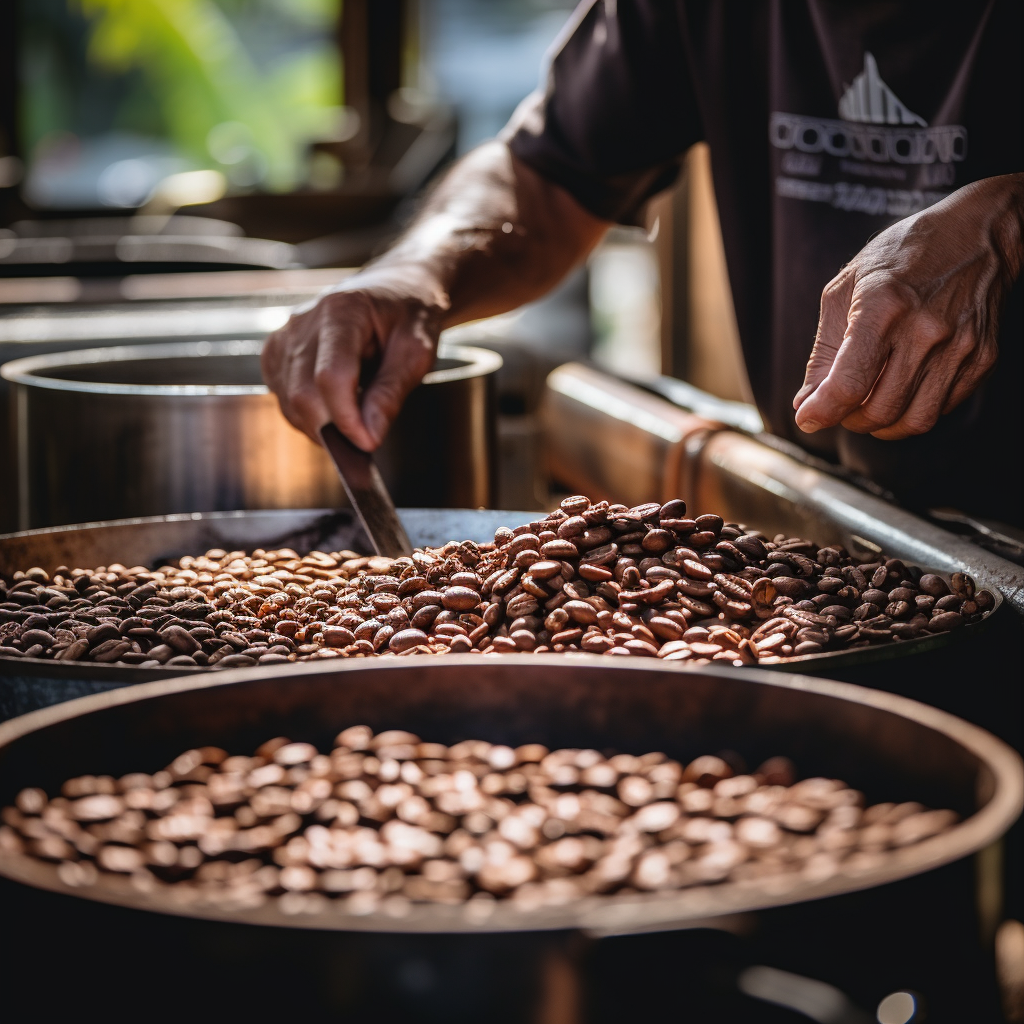“`html
The Rise of Robusta: Exploring Its Unique Flavor Profile and Culinary Uses
Introduction to Robusta Coffee
Coffea canephora, commonly known as Robusta, is a species of coffee plant that originates from the central and western sub-Saharan Africa regions. Its robustness and adaptability to various climates have significantly contributed to its rising popularity among coffee enthusiasts globally. Whether you are a barista, a casual coffee drinker, or a coffee aficionado, understanding Robusta coffee can deepen your appreciation of this unique bean variety.
Robusta’s prominence in the global coffee market is not just a passing trend; it reflects a growing preference for strong and robust flavors across different demographic groups. This article delves into the unique characteristics, flavor profile, culinary uses, and economic significance of Robusta coffee, providing insights into why it is becoming a staple in the coffee industry and beyond.
Robusta Beans and Their Unique Characteristics
- Caffeine Content: 30-50% higher caffeine levels than Arabica beans.
- Resilience: Resistant to pests and diseases, ensuring better yield.
- Growth Conditions: Thrives at lower elevations and warmer climates.
- Sugar and Fat Content: Lower sugar and fat content compared to Arabica.
- Nutritional Aspects: Appeals to health-conscious consumers.
- Production Efficiency: Higher production efficiency in farming.
Why Robusta Beans Stand Out
Robusta beans contain significantly higher caffeine levels—about 30 to 50% more than Arabica beans. This makes them a go-to choice for those who prefer a stronger kick in their coffee. Additionally, Robusta plants are much hardier compared to the more delicate Arabica plants. They thrive at lower elevations and warmer climates and exhibit great resistance to pests and diseases, which makes them easier and more cost-effective to cultivate.
Flavor Profile of Robusta Coffee
The unique flavor profile of Robusta coffee is characterized by savory notes and pronounced bitterness. Unlike the smooth and sometimes fruity flavors of Arabica, Robusta often has bold, earthy tones reminiscent of smoke and pepper. These flavors can be particularly appealing to those who enjoy a robust and intense coffee experience.
Understanding Robusta’s Bold Flavor
The flavor of Robusta is often seen as less complex but more potent than that of Arabica. This boldness makes it ideal for espresso blends, where a strong base flavor is essential. Different preparation methods can bring out subtle variations in the flavor, and the terroir—where the beans are grown—also plays a role in shaping the final taste.
Popular Robusta Blends
Due to its strong flavor, Robusta is often blended with Arabica to create balanced coffee mixtures. This blending process enhances the body and crema of espresso shots, making them richer and more satisfying. Some popular coffee brands and espresso blends feature a significant portion of Robusta, underscoring its importance in the coffee industry.
Culinary Uses of Robusta Coffee
Beyond the cup, Robusta coffee finds its way into various culinary recipes. Its intense flavors make it a valuable ingredient in both sweet and savory dishes.
Espresso Blends and Desserts
Robusta is often used in espresso blends, providing a robust base flavor that enhances the overall richness of the beverage. Additionally, it is incorporated into desserts like cakes, ice creams, and tiramisu, where its strong taste can complement sweet elements beautifully.
Gourmet and Savory Dishes
In gourmet kitchens, Robusta coffee can be used to create unique coffee cocktails and gourmet sauces. For example, its bitterness can balance the sweetness in a chocolate sauce or add depth to a savory spice rub for meats. If you’re interested in brewing methods ideal for Robusta, or in other coffee drinks, click here.
Economic Significance of Robusta Coffee
Robusta coffee accounts for around 40% of the global coffee market, underscoring its economic significance. Its lower production costs make it more accessible and affordable for various markets, impacting both producers and consumers positively.
Impact on Farmers and Accessibility
The resilience of Robusta plants allows farmers to yield more crops with less investment in pest control and other maintenance. This makes it a viable option for small-scale farmers in developing regions, providing them with a steady source of income. The lower price point also means more people can enjoy high-quality coffee without spending a fortune.
Consumer Trends and Sustainability
As consumer preferences shift towards more robust flavors, the demand for Robusta coffee is on the rise. This growing demand supports the sustainability of coffee supply chains and encourages diversified farming practices.
Conclusion: The Future of Robusta Coffee
Robusta coffee’s unique characteristics, bold flavor profile, and various culinary applications make it a staple in the coffee industry. As consumer trends continue to evolve, the importance of Robusta will likely grow, supporting both economic and sustainable practices in coffee farming.
Whether you’re a coffee enthusiast or a professional barista, exploring the diverse world of Robusta coffee can enrich your coffee experience. To discover more about different coffee varieties and their uses, browse our blog content or explore other exciting coffee drinks here.
“`
Shop at Breville now!
https://breville.oie8.net/oqDqrE
Shop RobustaCoffee Beans at Amazon now!
Click here





